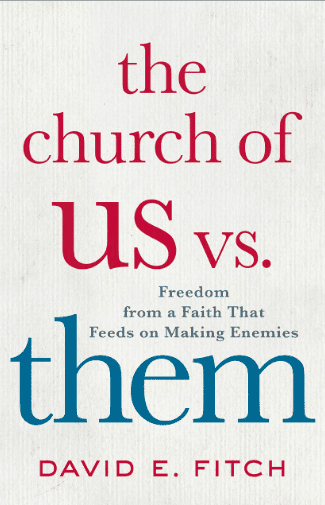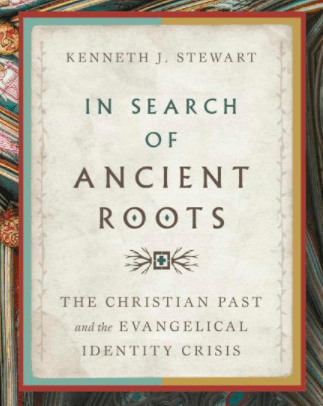 In the late 1940s Carl Henry famously called fundamentalists out of the churches and into the public forums and those who followed his call were the neo-evangelicals. They were to be marked by less stridency, more compassion, a coalition of evangelical diversity, a commitment to top level intellectual rigor, and a revival of social activism in all its dimensions. Henry’s proposal also famously lacked concrete details, so the 1950s through the 1980s were various attempts to put his vision into practice. I have been sketching one voice in that movement, called the moral minority by David Swartz (in The Moral Minority), but today I have another contention.
In the late 1940s Carl Henry famously called fundamentalists out of the churches and into the public forums and those who followed his call were the neo-evangelicals. They were to be marked by less stridency, more compassion, a coalition of evangelical diversity, a commitment to top level intellectual rigor, and a revival of social activism in all its dimensions. Henry’s proposal also famously lacked concrete details, so the 1950s through the 1980s were various attempts to put his vision into practice. I have been sketching one voice in that movement, called the moral minority by David Swartz (in The Moral Minority), but today I have another contention.
I’m not convinced Henry was convinced of the Moral Majority, led by Francis Schaeffer, Jerry Falwell, James Kennedy, and eventually James Dobson, but I’m convinced that Henry would see an exceptional example of what he had in mind in the ministries of Tim Keller at Redeemer Presbyterian in Manhattan. So today I want to sketch one significant element of Keller’s book, Center Church.
He contends — after years of working this out — that the gospel is for the city. There is a generosity of spirit, a commitment to theological and intellectual rigor, an unflinching commitment to his Reformed local church, and a hermeneutic at work to make sense of the gospel in context. Keller and I do not agree on all things, but his approach is for me a great example of what Henry had in mind. We will get to this in a future post, but Keller’s posture is a “transformationalist” approach. I see his approach to be a soft transformationalist, not unlike James Davison Hunter’s “faithful witness,” vs. the hard transformationalist approach of active support and caucusing for a candidate, as one found in folks like Falwell and which one is now seeing too much of in Billy and Franklin Graham.
What are the two best things one can do to participate in one’s community? city?
 Now to Keller’s proposal. The theory of agglomeration means city folks encounter more people both like them and unlike them. What to do? Keller proposes:
Now to Keller’s proposal. The theory of agglomeration means city folks encounter more people both like them and unlike them. What to do? Keller proposes:
1. We should develop appreciative attitudes toward the city.
2. We should become a dynamic counterculture where we live.
3. We should be a community radically committed to the good of our city as a whole.
Which leads Keller to seven features of a church for the city:
1. Respect for urban sensibility.
2. Unusual sensitivity to cultural differences.
3. Commitment to neighborhood and justice.
4. Integration of faith and work.
5. Bias for complex evangelism.
6. Preaching that both attracts and challenges urban people.
7. Commitment to artistry and creativity.











